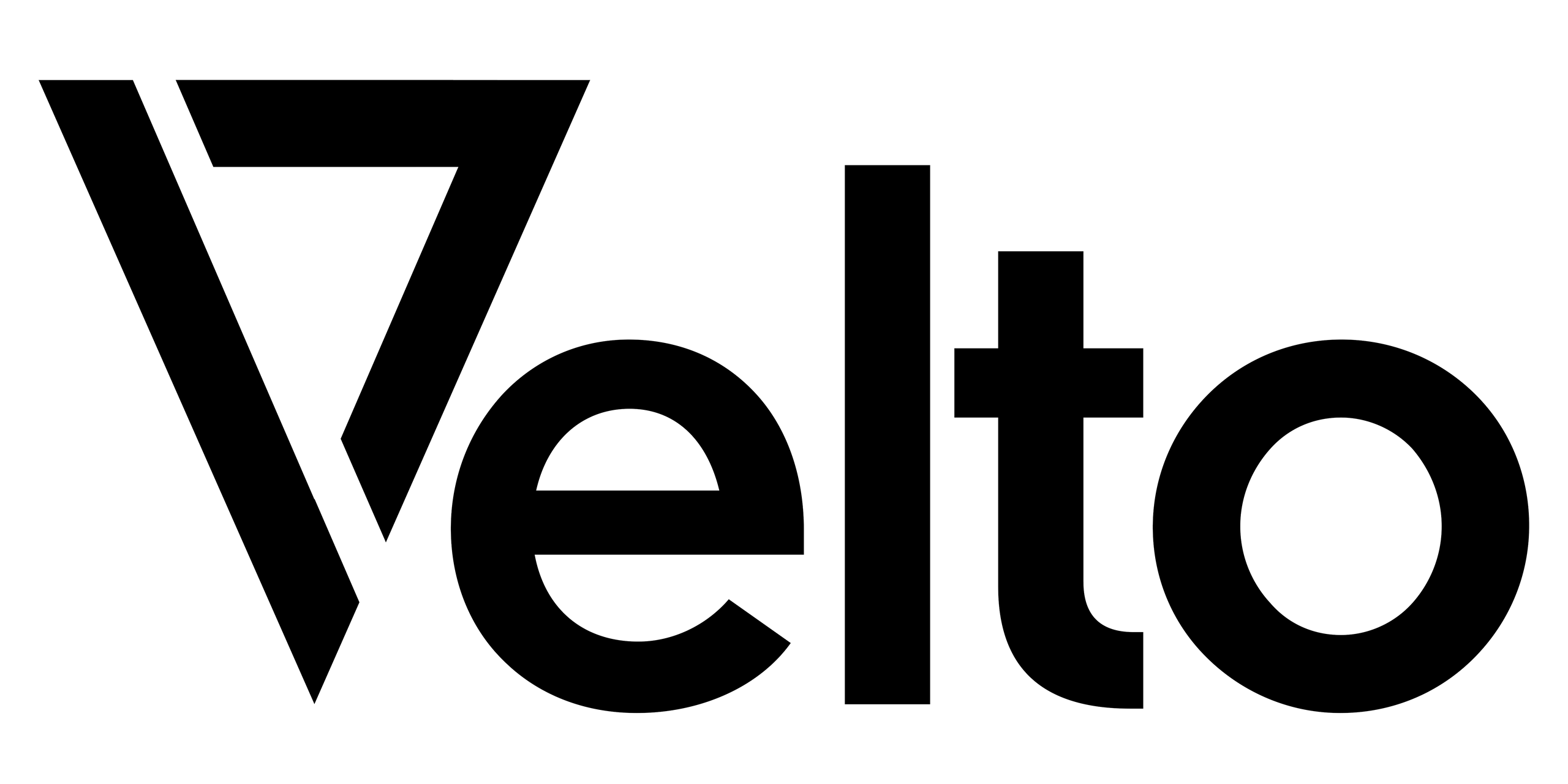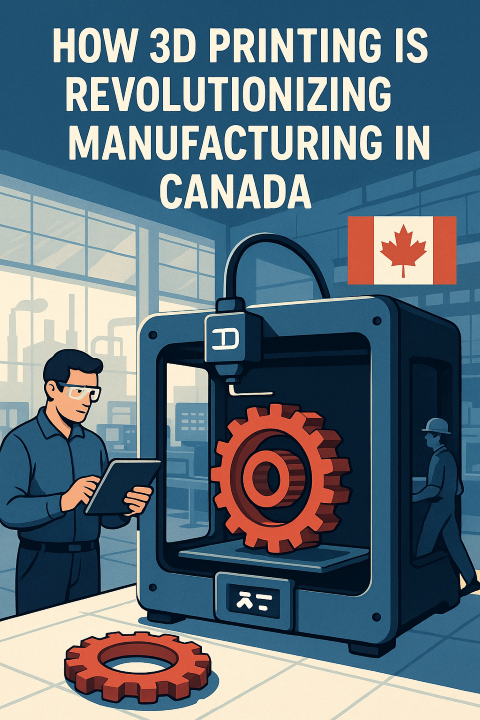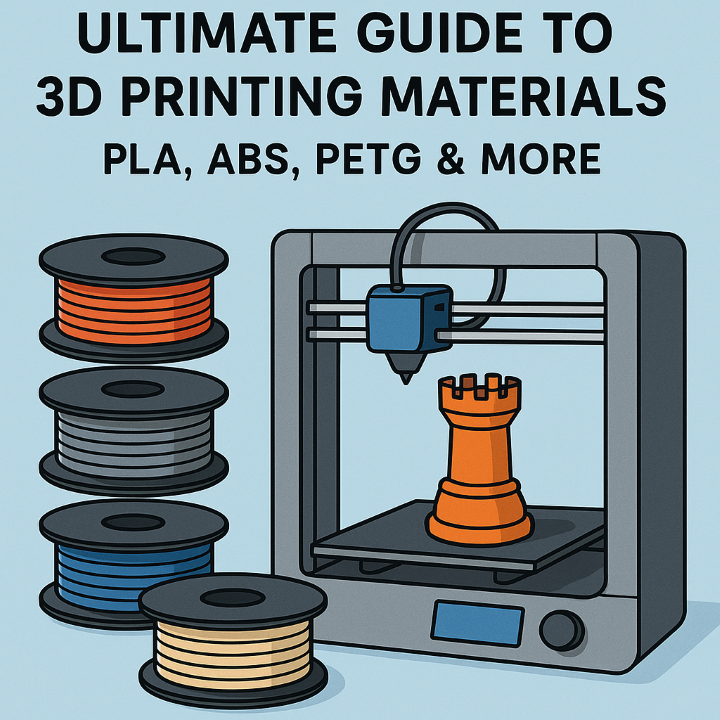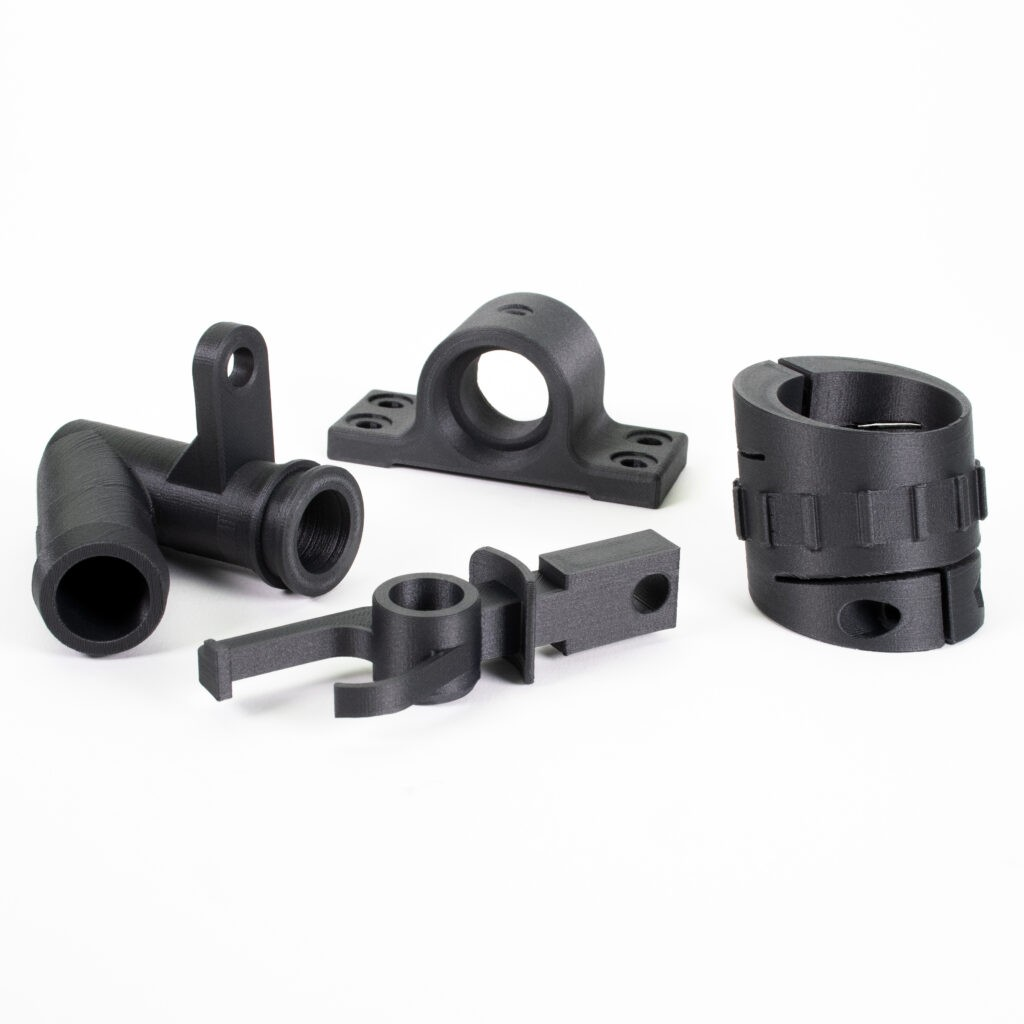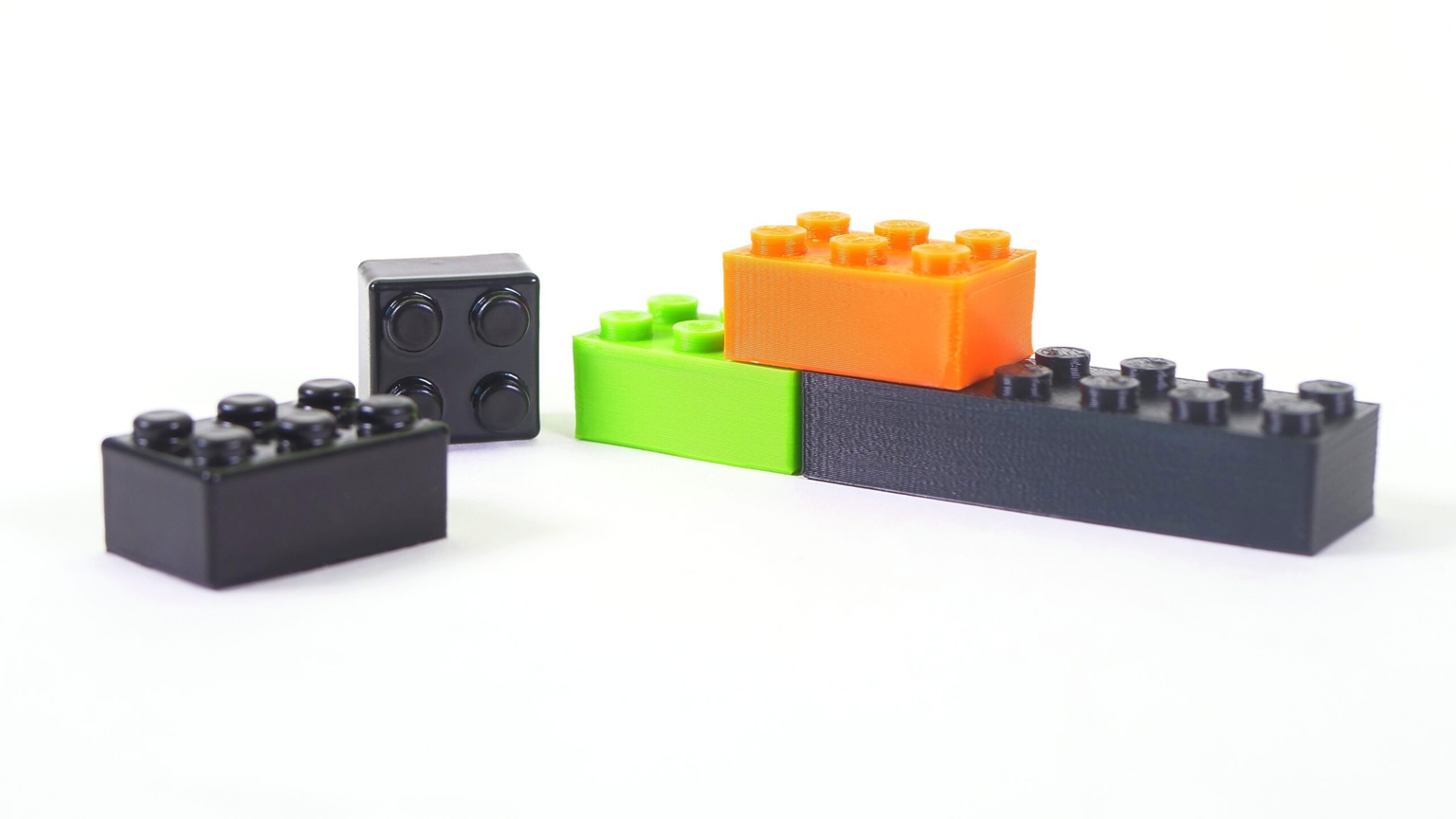Your cart is currently empty!
Comparative Analysis and Material Selection Guide
Material Properties Overview Material Strength Flexibility Heat Resistance Printability Applications PLA Medium Low Low (50°C) Easy Prototyping, aesthetic models PETG High Medium Medium (75°C) Moderate Functional parts, containers ABS High Low High (100°C) Moderate Industrial, automotive PC Very High Low Very High (120°C) Difficult Aerospace, enclosures Nylon High High Medium (90°C) Difficult Gears, mechanical parts…

Material Properties Overview
| Material | Strength | Flexibility | Heat Resistance | Printability | Applications |
|---|---|---|---|---|---|
| PLA | Medium | Low | Low (50°C) | Easy | Prototyping, aesthetic models |
| PETG | High | Medium | Medium (75°C) | Moderate | Functional parts, containers |
| ABS | High | Low | High (100°C) | Moderate | Industrial, automotive |
| PC | Very High | Low | Very High (120°C) | Difficult | Aerospace, enclosures |
| Nylon | High | High | Medium (90°C) | Difficult | Gears, mechanical parts |
| TPU | Low | Very High | Medium (80°C) | Difficult | Wearables, seals |
| Carbon-Filled | Very High | Low | High (100°C) | Moderate | Aerospace, rigid lightweight parts |
| Markforged Carbon Fiber | Very High | Low | High (120°C) | Difficult | Aerospace, high-performance applications |
| Markforged Kevlar | High | High | Medium (90°C) | Moderate | Wear-resistant, impact-resistant parts |
Choosing the Right Material for Your Application
- Strength & Durability: PC, Markforged Carbon Fiber, or Nylon for high-load applications.
- Flexibility: TPU or Markforged Kevlar for soft, impact-resistant components.
- Ease of Printing: PLA or PETG for consistent printability.
- Heat Resistance: ABS, PC, or Markforged Carbon Fiber for parts exposed to elevated temperatures.
- Weight Reduction: Carbon-Fiber Composites or Markforged Carbon Fiber for optimal strength-to-weight ratios.
Share with
/
